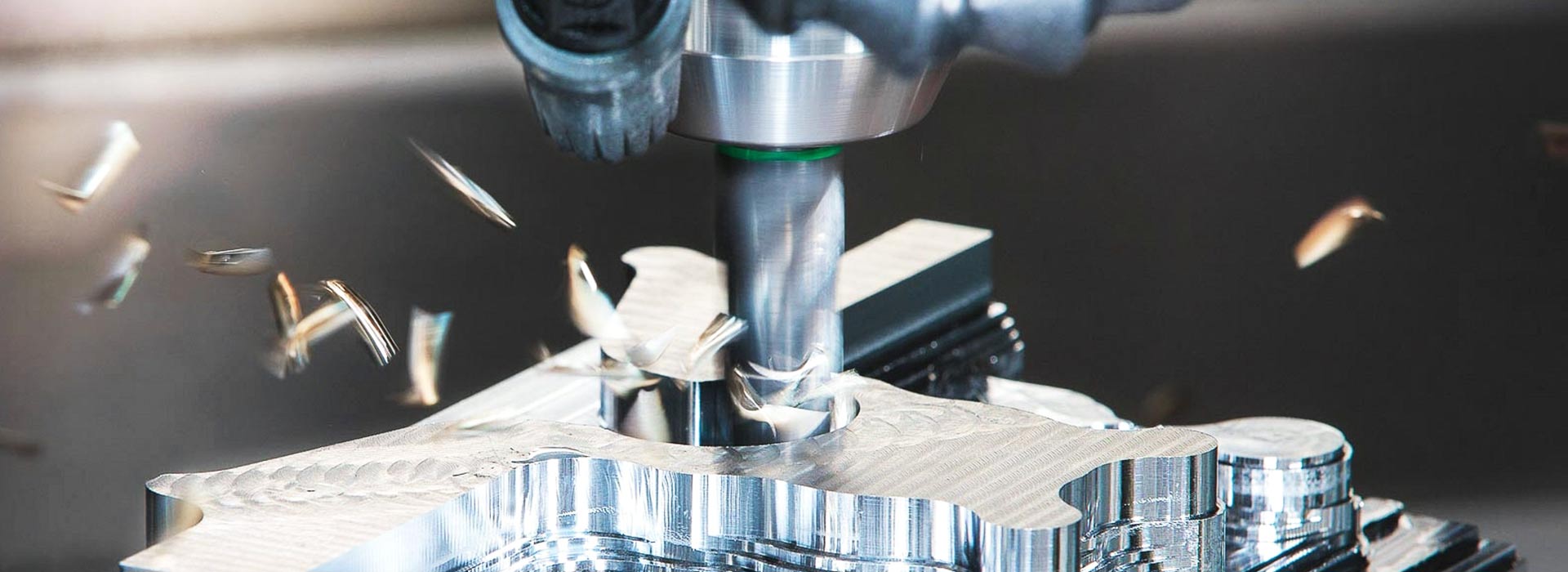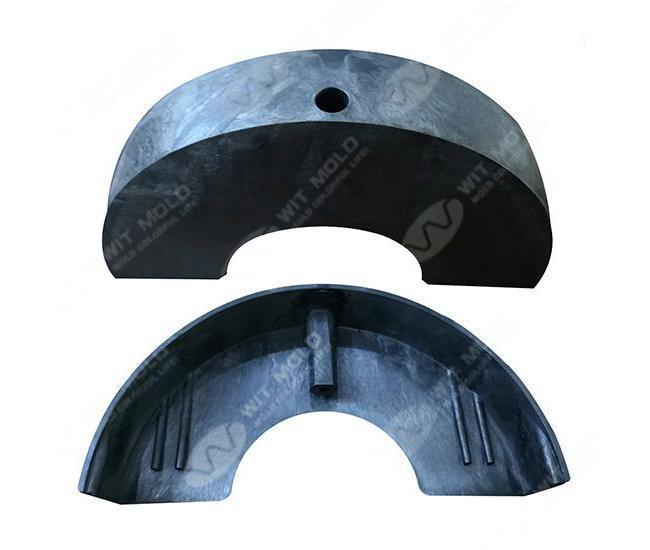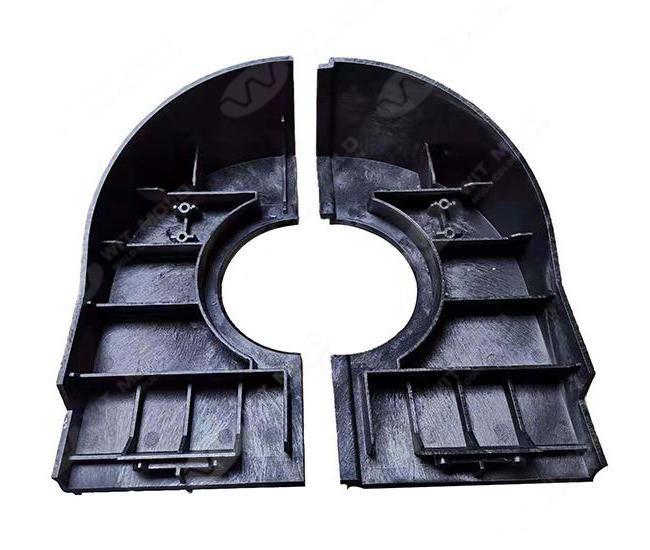Structural Foam Molding
WIT MOLD has expertise in plastic injection mold with medium to large complex designs, we have the ability to produce equipment and tools of almost any size. WIT MOLD not only provides custom injection mold. For many years, we have been providing high-quality injection molding parts . Our injection molded parts include plastic covers, handles, baffles, plastic panels and plastic enclosures for the medical, commercial, financial and laboratory markets.
WIT MOLD, a trusted mold manufacturer from southern China with over 10 years of experience, specializes in injection molds and offers a wide range of mold types, including BMC molds, collapse core molds, die casting tools, gas assist molds, high precision molds, and more. With 2,000+ molds successfully exported to various industries such as automotive, household appliances, medical, and telecommunication, WIT MOLD is committed to ensuring the success of every project. Backed by a well-trained team, we provide efficient support from RFQ to shipment, making us your reliable partner in mold making.
WIT MOLD provides many injection molding services to meet your standards for molding large plastic parts. No matter what your requirements are, we can provide suitable injection molding process and equipment to make your products stand out from the competition. Services range from engineering and design to final assembly, decoration and transportation. WIT MOLD is your single source for your entire project and complex components. Our internal service portfolio can help simplify your supply chain, reduce costs and shorten delivery times. Contact us now to discuss your injection molding needs.
WIT MOLD To ensure that all mold or injection molded products always meet your expectations, our highly skilled team is trained to use the most modern quality assurance methods:
ISO 9001:2015
Statistical process control
Team-oriented problem solving
Gage R&R Research
Continuous improvement
Three-dimensional layout
Gage measuring system
Advanced Quality Plan (AQP)
Color measurement system
Structural foam molding is an injection molding derived process that either adds a gas to the polymer to reduce its density or introduces blowing agents to achieve the same result. When the gas or blowing agent is added the plastic foams, hence the name. The end result is a lighter product that requires fewer post-production processes and less assembly.
Types of Structural Foam Molding
There are two main types of structural foam molding. The first type is known as the low-pressure process. During this process, a gas is added to the melted plastic before it enters the mould. Once the plastic is injected into the mould the gas causes it to foam.
The second type of foam molding uses ordinary injection molding machines but includes a blowing agent in the material mix. These blowing agents are dry chemicals that are added to the plastic granules before they enter the machine. When the plastic is melted by the machine’s heating elements the heat causes the blowing agent to react, turning into a gas and foaming the plastic.
The texture of the plastic these processes produce is often described as a sponge or honeycomb because of the small pockets of air that are created. The honeycomb centre is surrounded by a dense outer layer to ensure stability.
In some cases, the finish of a product created using structural foam molding is not acceptable as it creates a streaky surface. This can be remedied with extra filling or painting.
Structural Foam Molding Uses
Structural foam molding is a commonly used process that can create many useful products. The low-pressure version of structural foam molding is a more controlled process than standard injection molding. This allows larger pieces to be produced.
In addition, structural foam products have a high stiffness ratio that can be beneficial in many settings. What’s more, since structural foam products are coated with a strong outer skin, they remain strong, as well as flexible and lightweight.
Some common uses of structural foam are in the making of machine housings for businesses, components for point-of-sale displays, container pallets, and machine chassis components.
Structural Foam Molding Materials
Many different types of plastic can be used in the structural foam molding process. Each offers its own unique properties and characteristics. Commonly used plastics include the following:
Acrylonitrile-Butadiene-Styrene ABS
Polystyrene PS
Polycarbonate PC
Polypropylene PP
For more information about the types of plastics used in structural foam molding processes and injection molding see here.
Foam injection molding is a specialized process that produces lightweight and durable parts, often used in various industries. One common method is structural foam molding, where structural foam is injected into molds to create components with a strong yet lightweight core. Structural foam injection molding combines the benefits of traditional molding with the advantages of foam materials, making it ideal for producing large and complex parts. The structural foam molding process involves the use of structural foam materials that expand within the mold, resulting in a product with excellent strength-to-weight ratios.
Many foam injection molding companies specialize in this technique, offering expertise in the foam molding process to create durable, high-quality products. If you’re wondering what is structural foam, it refers to a type of plastic that is injected with a gas to form a cellular core, which is then surrounded by a solid outer layer. Injection foam molding and structural foam molders are crucial in industries requiring robust and lightweight components. The use of foam molds allows for precise shaping and intricate designs in the final product.




